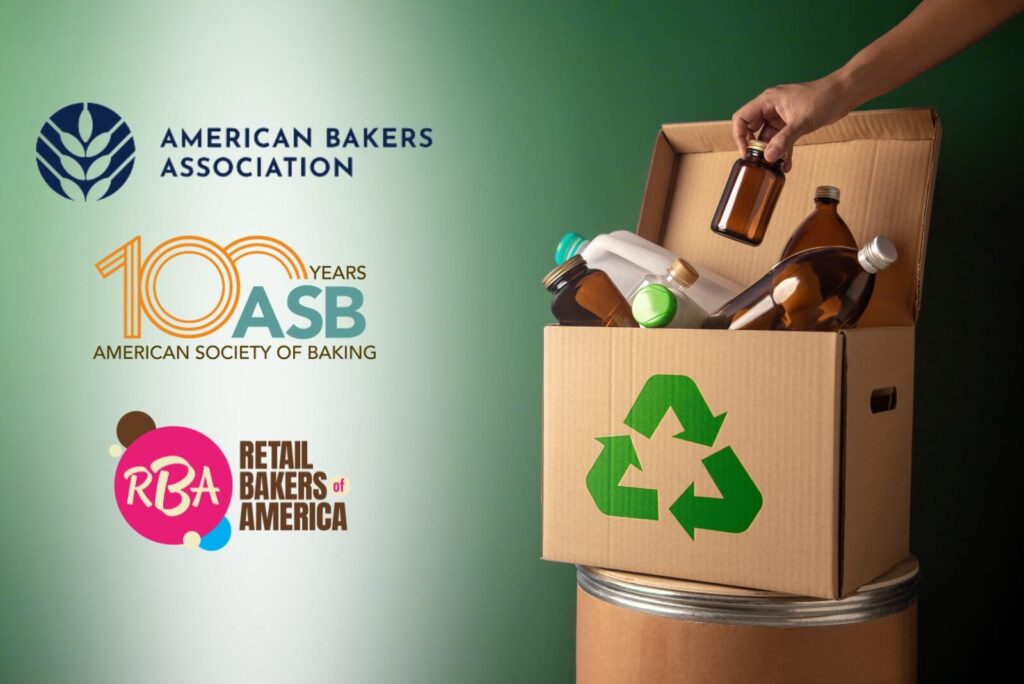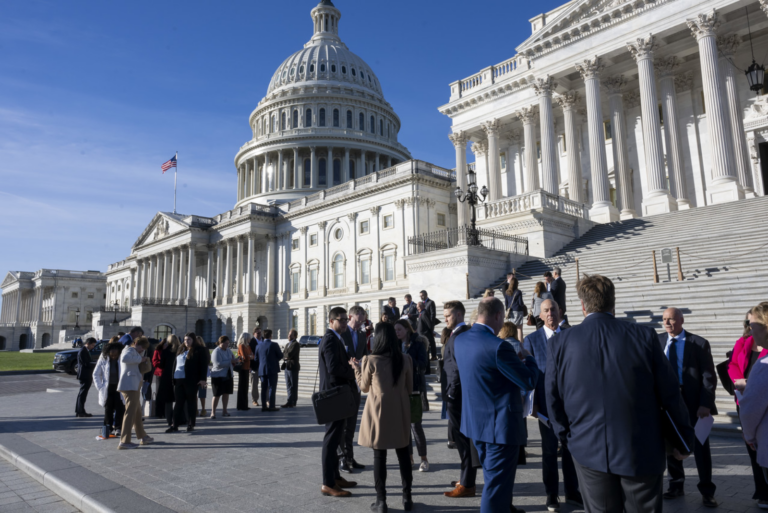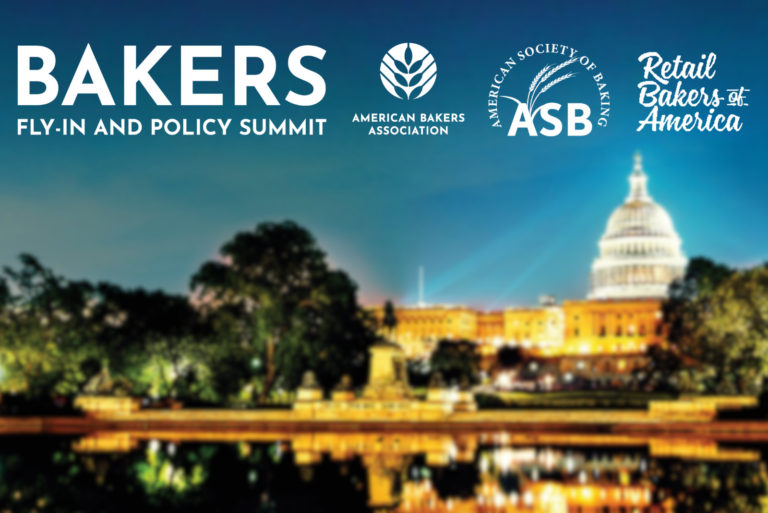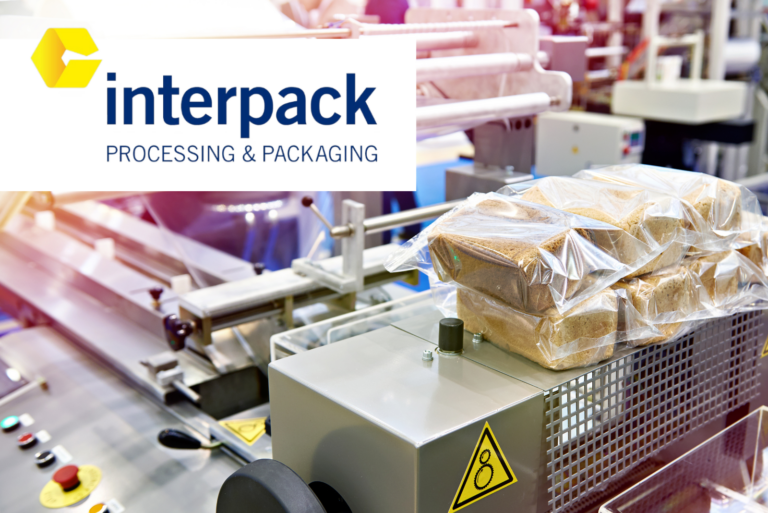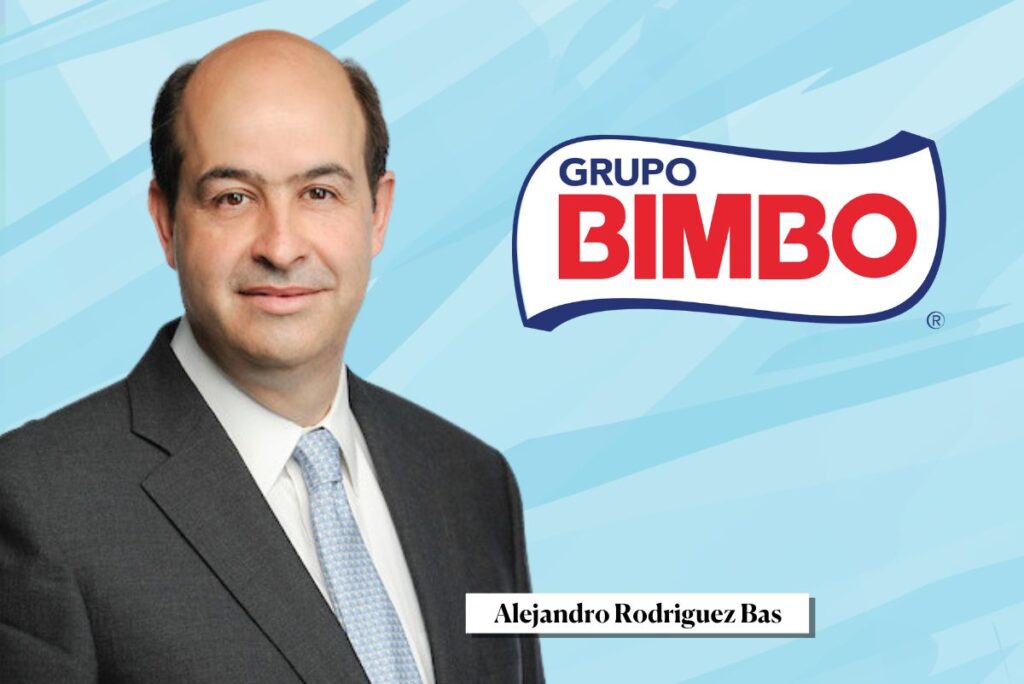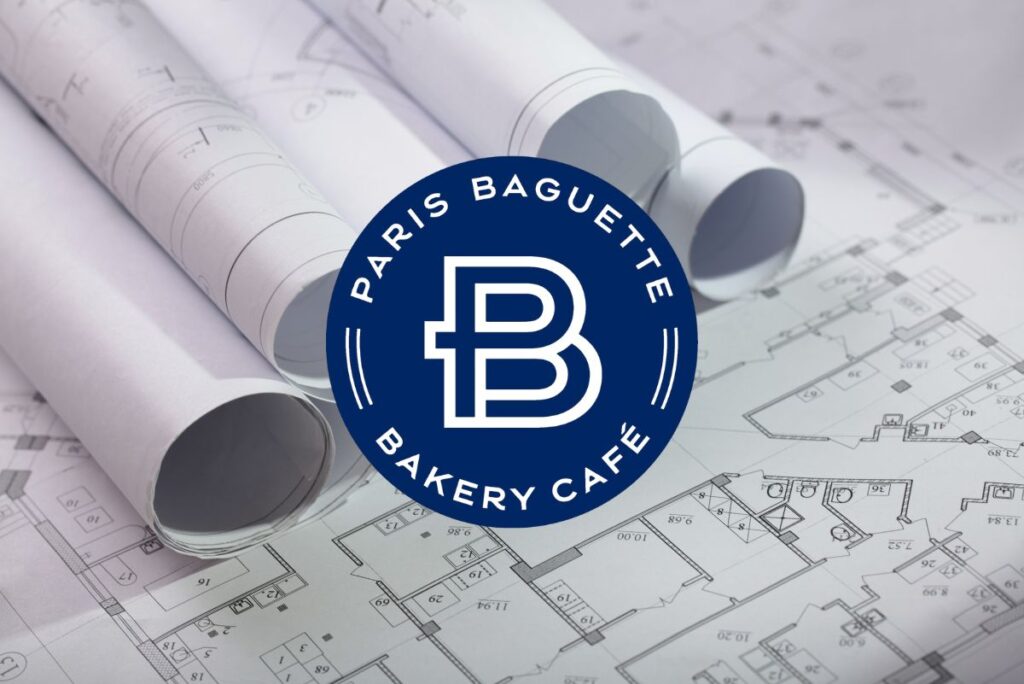Shifting industry material designs
The US Plastics Pact works with various trade groups to tackle these issues in their relative industries. Specifically, Tipaldo recognized the Beverage Association, Consumer Brands Association and Food Industry Association. However, Tipaldo is ambitious for more groups to become involved.
“We would love if companies are motivated to join us, but we know how to make progress,” she stated. “For the awareness to be far and wide, we feel strongly about making all of our tools and materials open to whomever because we want that broader change to happen.”
Tipaldo noted opportunities for packaging suppliers to reinvigorate their materials.
“We’re trying to get companies to move away from, or redesign, multi-material laminate structures, like stand-up pouches, to ones that are in a recyclable format,” she explained.
The Plastics Pact provides clarity on the modifications that can be made to manufacturing lines, and Tipaldo noted that a total overhaul of current lines is rarely needed.
“We’re doubling down on elements of reduction, looking at reuse and trying to first look on the distribution side where efficiencies can be made,” Tipaldo said. “We work very closely with the Reusable Packaging Association and focus on design for that outcome that we’d like to see.”
With the organization’s bottom-up approach, the activity happens within the working groups. The Plastics Pact balances the voices participating across the value chain so no one particular brand or retailer has a heavier influence.
“The Pact group knows we need to aim for better outcomes in terms of less plastic waste and better design for materials,” she concluded.

